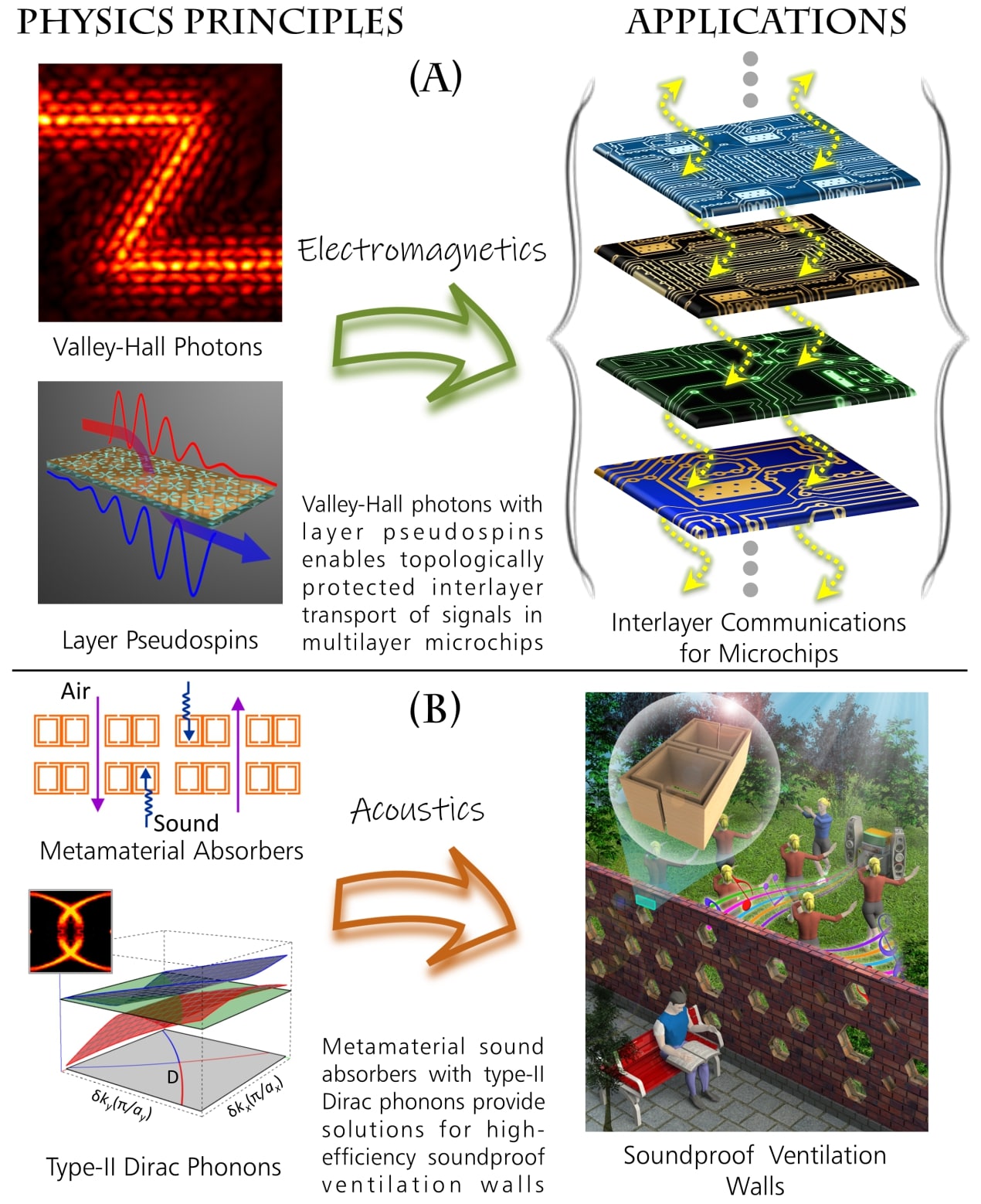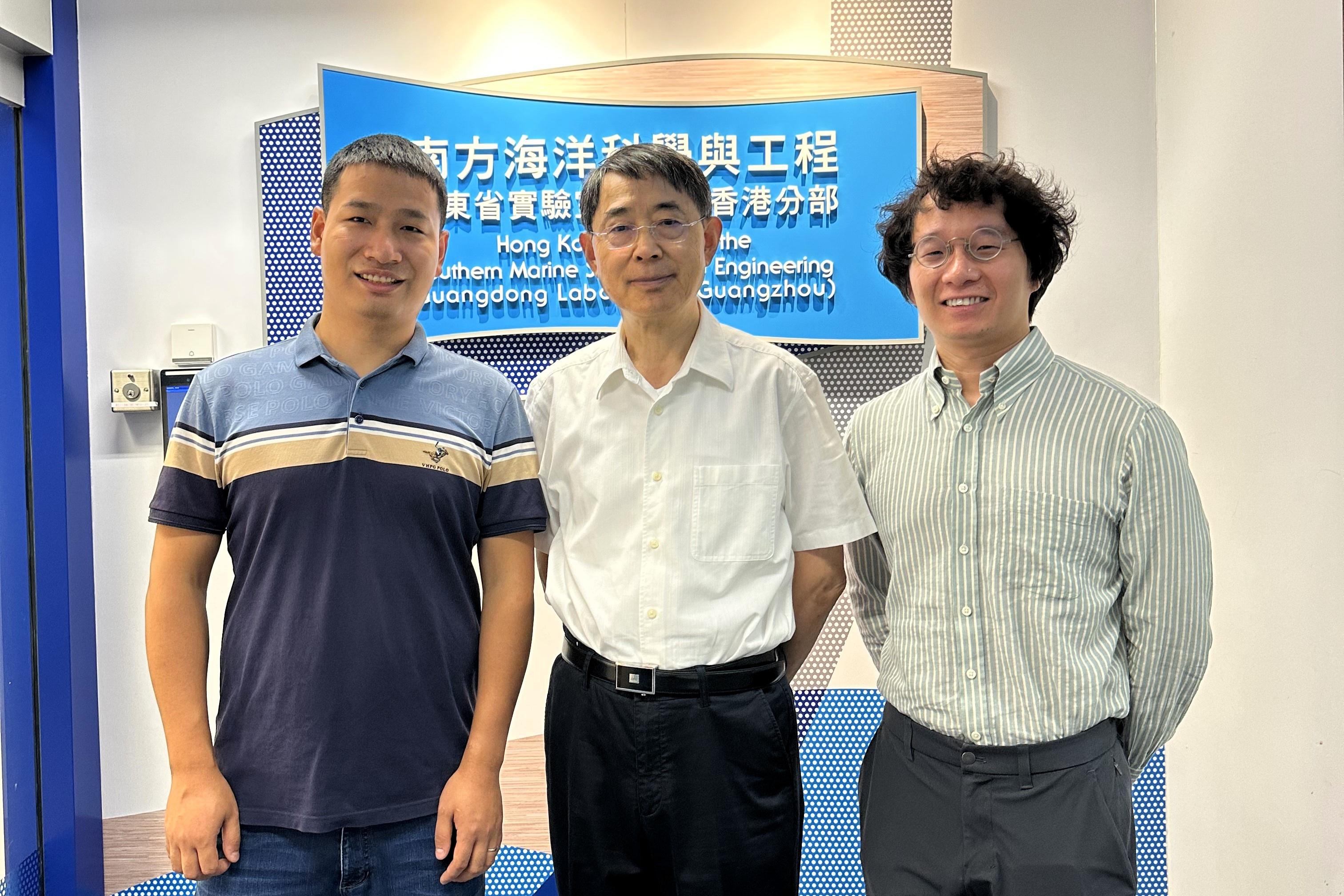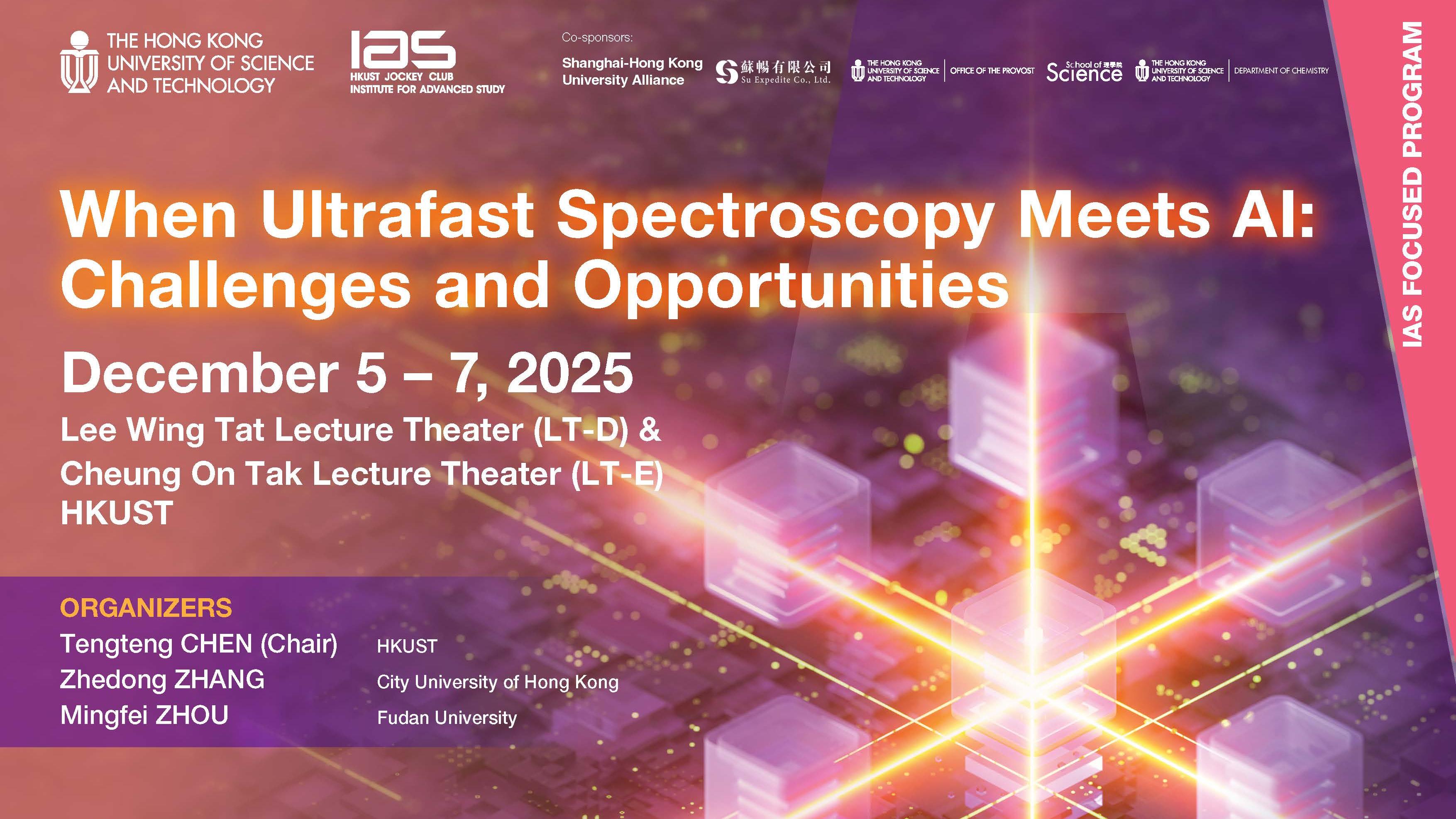The research team of the Hong Kong University of Science and Technology (HKUST) has recently made important progress in the field of new materials. Combining the characteristics of two-dimensional materials and topological materials, the team has for the first time discovered a universal generation mechanism of new materials with "type-II" Dirac cones. Many extraordinary properties of the material are realized in experiments, which addressed the key issue that the material could only be obtained sporadically under stringent limits. This mechanism can guide the preparation of new two-dimensional materials that have specific directional responses to external signals such as electric fields, magnetic fields, light waves, sound waves, etc., and will provide valuable applications for modern electronic communications, quantum computing, optical communications, and even sound insulation and noise reduction materials.
As a typical representative of two-dimensional materials, since its discovery in 2004, graphene has been regarded as one of the greatest material discoveries in the 21st century. As the thinnest, strongest and most thermally conductive "super material" in the world today, graphene has been widely used in transistors, biosensors and batteries, and its discovery led to the 2010 Nobel Prize in Physics. On the other hand, topological materials, because of the existence of extraordinary properties such as zero-dissipative edge transport, are considered to be the cornerstones of the development of future electronic devices, and their discovery led to the 2016 Nobel Prize in Physics. In fact, graphene is also a topological material, and its extraordinary properties are mostly derived from its topological "Dirac cones". However, the "Dirac cones" in graphene belong to the "type-I" Dirac cones of the theoretical predictions. The more unique "type-II" Dirac cones in the theoretical predictions, because of their strongly directional responses to external signals that the type-I Dirac cones do not have, will bring many more possibilities to the development and applications of electronic devices. However, so far, the "Dirac cone of the second kind" can only be found sporadically in some materials, lacking a systematic generation mechanism.
To address this critical issue, the research team led by Prof. WEN Weijia and Dr. WU Xiaoxiao, from the Department of Physics, for the first time, discovered and successfully implemented the systematic generation mechanism of new two-dimensional materials with type-II Dirac cones based on the relevant theories of two-dimensional materials and topological materials, using the band-folding mechanism (a material-independent, universal principle for periodic lattices). Due to its unique topological bands, its response to external signals is extremely directional, so the two-dimensional materials with type-II Dirac cones have important academic and application values for the designs of high-precision detecting devices of external signals, such as electric fields, magnetic fields, light waves, and sound waves. The systematic design and material independence of this scheme also help to relax the precision requirements for circuit designs, making the design of corresponding electronic products easier and more flexible. The team used acoustic field scanning techniques to directly observe the type-II Dirac cone in acoustics, as well as many of its properties that were only proposed in theories previously.
The success of this experimental study has opened up a new field of researches and applications of two-dimensional materials and topological materials, and brought many more possibilities for the future applications of the new materials. The findings of this study have been published in the renowned journal Physical Review Letters.
The ventilated sound absorbers developed by Prof. Wen’s group based on acoustic metamaterials. The ventilated sound absorbers can simultaneously achieve high-performance sound absorption and air flow ventilation, which is important for noise reduction applications in the environment with free air flows, such as air conditioners, exhaust hoods, and ducts.
"Our findings of the deterministic scheme for type-II Dirac points could profoundly broaden application prospects on fronts such as 5G communications, optical computing such as quantum computing and noise reduction. Our team plans to apply the experimental results to electronic devices such as dedicated chips, new touch control materials, filter modules, wireless transmission and biosensors.” said Prof. Wen, “Also, type-II DPs observed in acoustic waves suggest viable new materials for sound barriers, providing potential solutions for high-efficiency soundproofing walls. While we improve the performance of acoustic metamaterials, we will seek to continuously expand their applications in aspects ranging from low-frequency sound absorption, noise reduction in ventilation systems, intelligent active noise cancelling, traffic noise abatement to architectural acoustics. We also hope that these materials can be truly industrialized.”
Long engaged in researching the field of advanced materials, Prof. Wen and his team have made a range of key achievements in the basic and applied research of new materials science. In 2014, he was awarded second-class 2014 State Natural Science Award (SNSA) for the project on "Structural and Physical Mechanism Investigation for Giant Electrorheological Fluid".
About The Hong Kong University of Science and Technology
The Hong Kong University of Science and Technology (HKUST) (https://hkust.edu.hk/) is a world-class research university that focuses on science, technology and business as well as humanities and social science. HKUST offers an international campus, and a holistic and interdisciplinary pedagogy to nurture well-rounded graduates with global vision, a strong entrepreneurial spirit and innovative thinking. HKUST attained the highest proportion of internationally excellent research work in the Research Assessment Exercise 2014 of Hong Kong’s University Grants Committee, and is ranked as the world’s best young university in Times Higher Education’s Young University Rankings 2019. Its graduates were ranked 16th worldwide and top in Greater China in Global University Employability Survey 2018.



